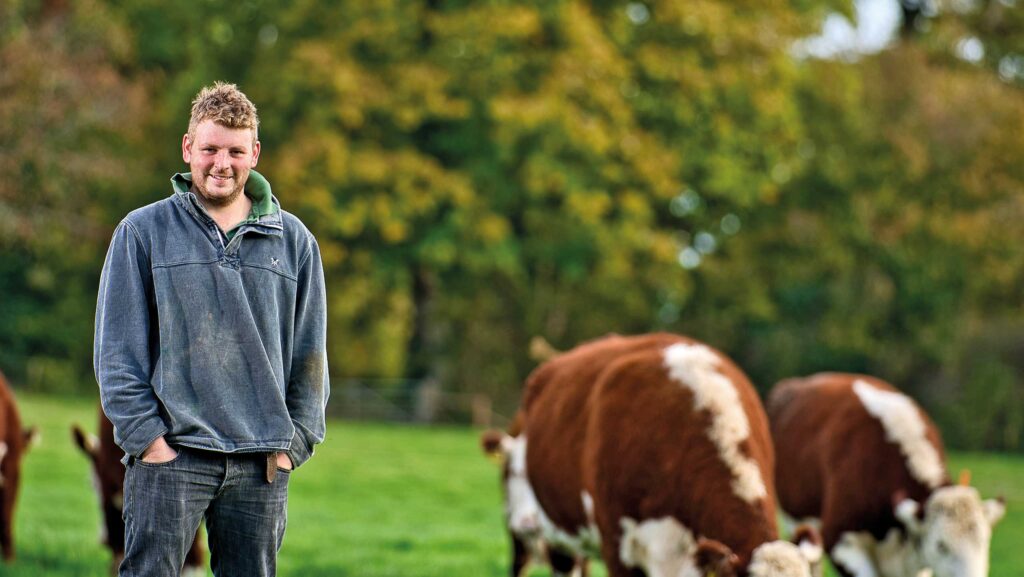Farmer Focus: No-till SFI option is simply impossible
 Billy Lewis © Richard Stanton
Billy Lewis © Richard Stanton “Suboptimal” is the term I’d use to describe the state of most of the local autumn drilling this season.
Obviously, we haven’t been immune from the challenges, having received 326mm of rain. That’s 40% of our average annual rainfall in just September and October.
Despite the conditions, we’ve managed to get most of our winter crops in, albeit into varying conditions. Given the weather, the majority are looking reasonable.
See also: How to make a comprehensive soil profile on-farm
In a miraculous turn of events, we managed to get some wheat direct-drilled into land that came out of summer cover crops.
After an ongoing battle with slugs, these crops are showing good potential.
The rest of the completed drilling has only been possible thanks to the trusty plough and combi drill.
While this is certainly not my preferred method of crop establishment, it’s the only realistic way to get crops in the ground this year.
The prospect of including SOH1 (no-till farming) in our Sustainable Farming Incentive (SFI) schemes was a good idea in theory.
Unfortunately, because it’s a static option, it’s simply impossible.
There’s no chance I can guarantee an area of land will be direct-drilled consecutively for three years, nor would I necessarily aim to do that. Sadly, I expect there will be very limited uptake of this.
We now have just two very wet fields left unplanted. They’ll have to wait until the spring before we decide our next steps.
As we work to build our livestock numbers, herbal leys are looking like the front runners there. A much more workable SFI option for us.
The only complete disasters so far are a small patch of oats that never really got going, and some flood damage from a nearby river that burst its banks.
The flooding carved a trench a couple of feet deep through the adjacent field and deposited hundreds of tons of gravel in a big heap right in the middle.
That will be a nice obstacle for machinery to dodge for the rest of the season.
Of course, we’ve also got the customary wet patches that will never come to anything at harvest time.


